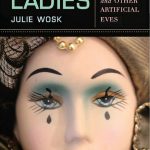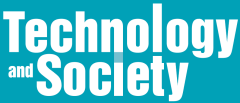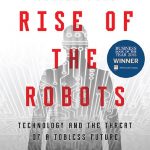Julie Wosk’s My Fair Ladies is an engaging historical account of female automata, with sidelights on dolls, disembodied electronic female voices, masks, make-up, and the sexual and gender implications of efforts to create artificial humans.



Julie Wosk’s My Fair Ladies is an engaging historical account of female automata, with sidelights on dolls, disembodied electronic female voices, masks, make-up, and the sexual and gender implications of efforts to create artificial humans.

Our authors nail rich scholarship to our portal, thus inviting healthy disputation. In this issue, we considered the value of a mesh of connective vehicles used to overcome the digital divide.

Philosopher-ethicist Jai Galliott and cybersecurity-engineer-computer scientist Benjamin Turnbull from the University of New South Wales join Andrew Maynard and Heather… Read More

Arthur Winston addressed to attendees of the 2016 IEEE Conference on Norbert Wiener in the 21st Century, Melbourne, Australia, held… Read More

A bot (short for robot) performs highly repetitive tasks by automatically gathering or posting information based on a set of… Read More

In his new book, The Future of the Mind: The Scientific Quest to Understand, Enhance, and Empower Mind, theoretical physicist… Read More

Rise of the Robots: Technology and the Threat of a Jobless Future. By Martin Ford. Basic Books, 2015, 224 pp…. Read More

By Jai Galliott. Surrey, U.K.: Ashgate, 2015, 266 pp. Reviewed by Tim McFarland Perhaps the most well-known, and controversial, development… Read More
The ability to kill a target from a “position of safety” is essentially the basic design criteria for many weapon systems.

Should children have toys that can combine speech recognition with a Wi-Fi connection to capture and respond to them, and that potentially are able to record their conversations as well as feed them “messages”? Welcome to the world of Hello Barbie.